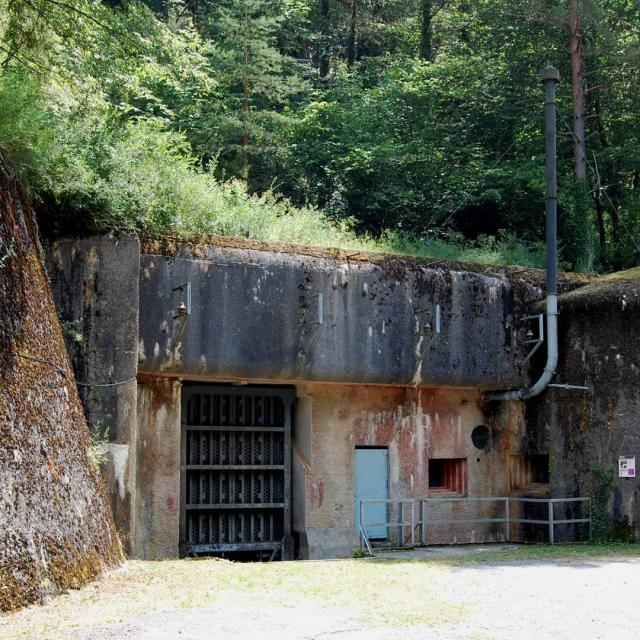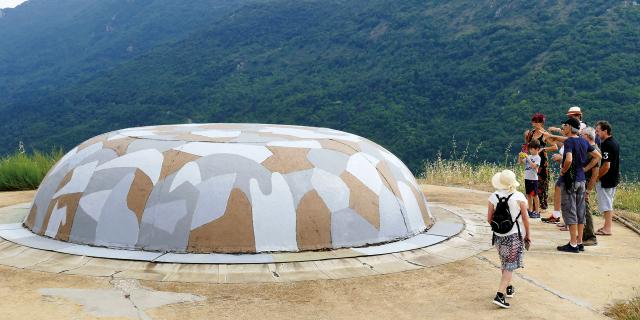Saint-Roch
Fort
The impressive Saint-Roch Fort was built between 1931 and 1933 as part of the Alpine Maginot Line with 4 reinforced concrete blocks above a network of corridors carved into the rock reaching as much as 30m deep. Up to 200 soldiers could live here self-sufficiently for 3 months just like in a submarine.
A trip here gives you the time to explore the site at your own pace. The reconstruction of fort life will leave the kids speechless. An exciting tour to try with the family. Don’t forget to bring a jumper because it’s barely 16 degrees inside! Don’t worry about going up and down the stairs, the adventure is well worth it.









